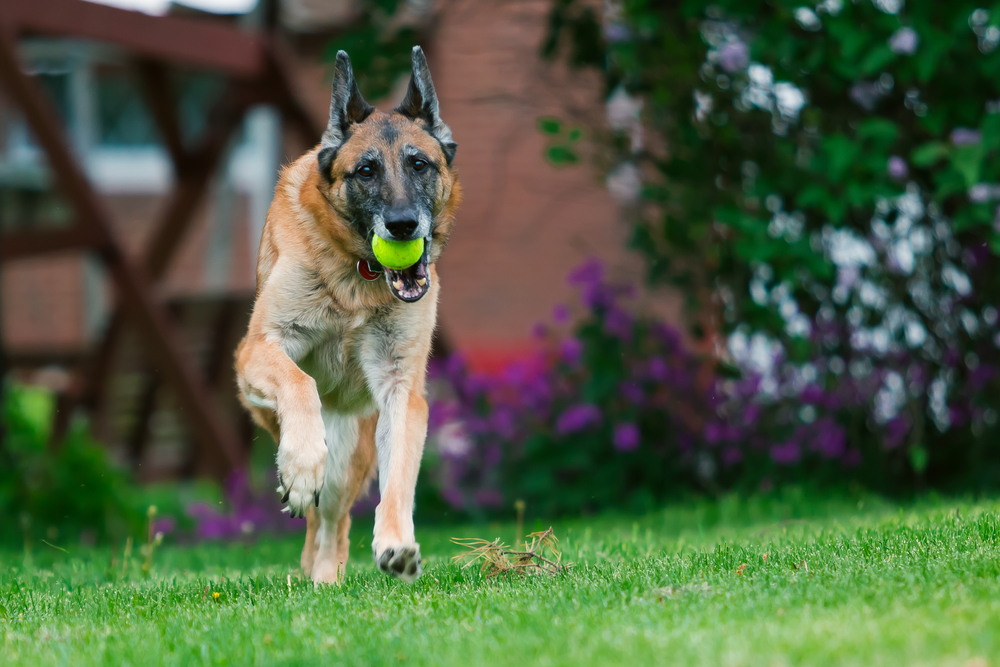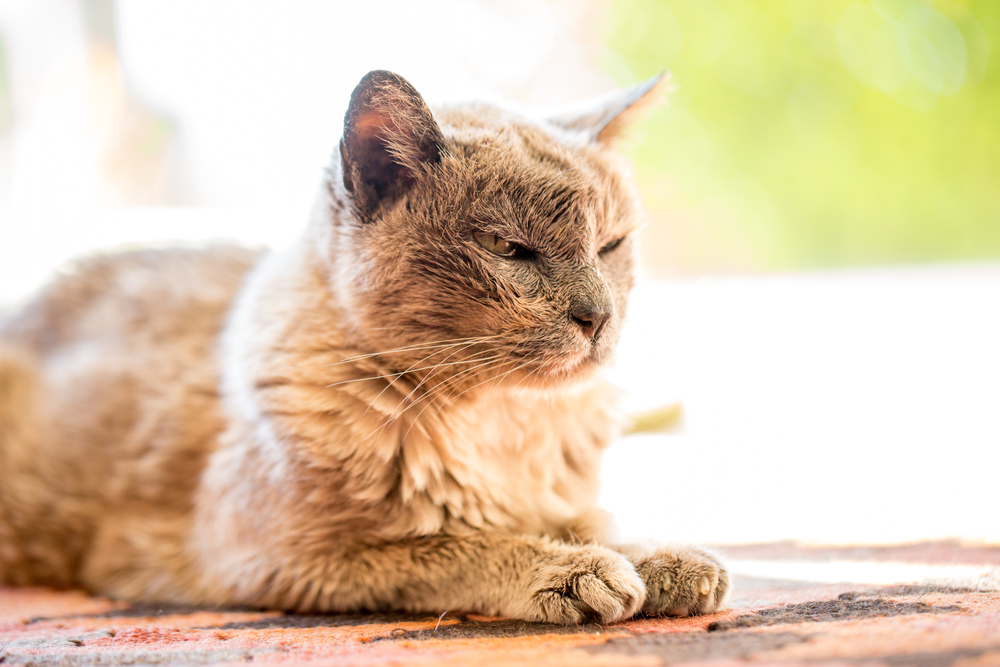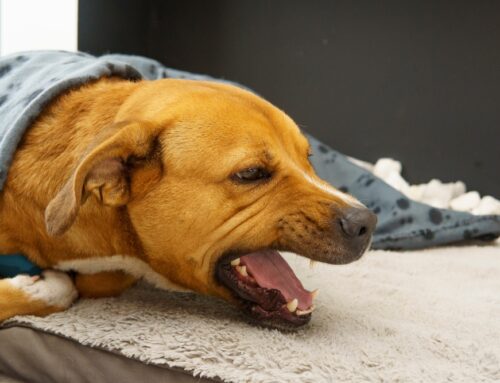Throughout their life, your pet relies on you to make the best decisions regarding their health and wellbeing. These decisions can become more challenging as your pet ages, and you are responsible for helping your beloved animal companion navigate age-related health conditions that are likely to worsen over time. While their muzzle may be more grey, and they may not be as spry as they once were, senior pets can enjoy a good quality of life (QOL) for years to come—even though that life looks a little different than when they were younger. Our Oliver Animal Hospital team explains how to assess your senior pet’s QOL to ensure they remain comfortable and content throughout their golden years.
Common senior pet conditions that affect quality of life
Regardless of how well-cared for and loved they are, most senior pets develop health issues associated with aging, which can worsen over time, and negatively affect their QOL. Chronic conditions that commonly affect senior pets include:
- Osteoarthritis
- Cancer
- Blindness
- Deafness
- Renal disease
- Obesity
Assessing your senior pet’s quality of life
Every pet has specific needs their owner should recognize and respect. Assessing your senior pet’s QOL can help you reflect on their lifestyle and consider whether you can meet their needs, so they can enjoy a satisfactory life. A QOL scale is a tool that helps you to evaluate and score your senior pet’s activities of daily living to better assess how they are doing on a day-to-day basis. The scale’s seven QOL factors include:

- Hurt — One of the most important considerations when assessing your pet’s QOL is the level and frequency of their pain, including an evaluation of their ability to breathe properly, as labored breathing can be extremely painful. For a pet to be comfortable, pain control must be effective, and you must administer their treatment preemptively. For example, you must be able to identify when your pet is experiencing pain, and provide timely relief by administering veterinarian-prescribed pain medications.
- Hunger — Nutrition is an essential component for a healthy life, and a pet who is not eating becomes malnourished and declines rapidly. If your pet is unable or unwilling to eat, try hand-feeding, offering a variety of enticing foods, or transitioning them to a liquid or blended diet. If these methods are unsuccessful, a feeding tube may be necessary.
- Hydration —Proper hydration is essential for all living beings, because every important bodily function requires water. When your pet is dehydrated, their body draws water out of their cells, resulting in muscle dysfunction, electrolyte imbalance, and—eventually—organ failure. When pets do not drink enough water, their skin becomes less elastic. To test your pet for dehydration, gently pinch the loose skin over their shoulder blades. The skin should bounce back quickly and easily. If the skin returns to its normal appearance slowly, or remains tented, your pet may be dehydrated. A pet who is not getting enough fluids may benefit from subcutaneous fluids, which you can administer via injection under their skin at home.
- Hygiene — People and pets feel better when they are clean. As pets age, they may require more assistance to groom themselves. If your pet has difficulty grooming themself, you can gently stroke them with a damp sponge to clean their fur. Senior pets may also have accidents, and require cleaning after elimination. If your pet spends much of their time lying in their bed, regularly turn them, ensure they have enough padding underneath, and keep them clean and dry to prevent bedsores.
- Happiness — When evaluating your pet’s overall happiness, consider if they are able to regularly experience the activities that make their tails wag and their eyes light up. Social interaction is a key happiness component, and your pet should be able to interact with their environment and the people they love. You can help your pet remain engaged in life by placing comfortable beds near all the family congregating areas.
- Mobility — Mobility offers pets a level of freedom they need to enjoy a positive QOL. Depending on the amount of mobility support your pet needs, many options are available to compensate for their reduced mobility. Devices, such as a sling, harness, cart, or wagon, can help your pet remain active.
- More good days than bad — As you track your pet’s QOL score, you will recognize when they are having more bad days than good. Your pet’s QOL is compromised when bad days outnumber the good, or when they experience too many bad days in a row.
A QOL scale is a helpful tool for making important decisions regarding your senior pet’s health and wellbeing, but you should also discuss their QOL with your trusted and knowledgeable veterinary professional. Our Oliver Animal Hospital team loves our senior patients, and we are here to support you and your pet throughout their life. Contact our team for help evaluating your pet’s comfort and happiness.







Leave A Comment